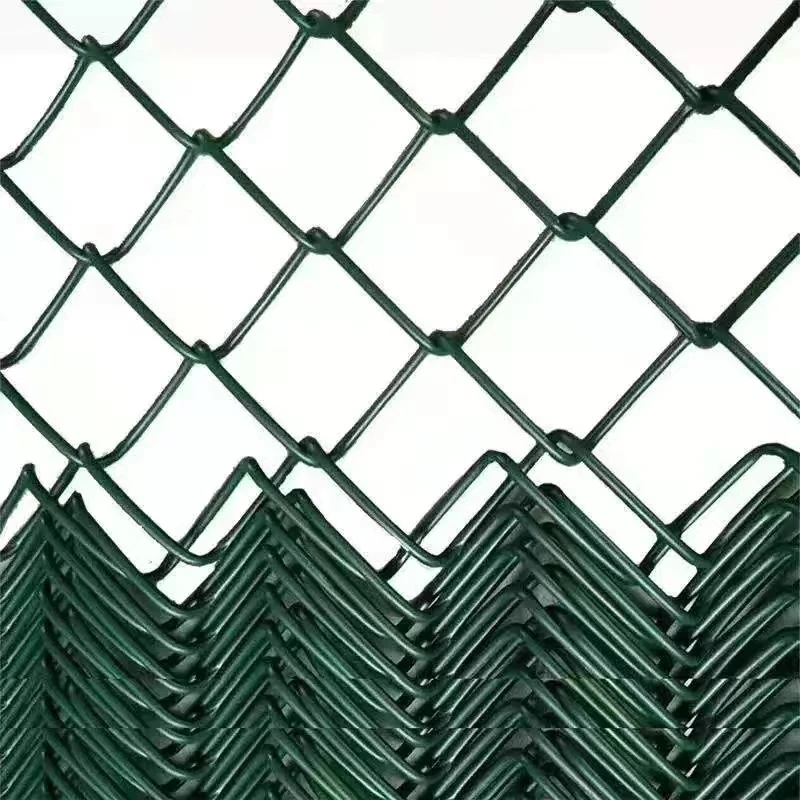 TEL:
+86-13102802206
TEL:
+86-13102802206
 Email:
fencenetting@china.com
Email:
fencenetting@china.com
 Language
Language
 TEL:
+86-13102802206
TEL:
+86-13102802206
 Email:
fencenetting@china.com
Email:
fencenetting@china.com
 Language
Language


MIG Welding Cast An Overview of Techniques and Applications
Metal Inert Gas (MIG) welding, also known as Gas Metal Arc Welding (GMAW), is a versatile and widely utilized welding process that employs a continuous wire feed as an electrode to join metals together. Unlike other welding methods that use filler rods or electrodes, MIG welding is highly efficient and provides a clean, strong weld. One particular area of interest in MIG welding is its application to cast materials. This article will explore the principles of MIG welding as it pertains to castings, techniques, advantages, and considerations for achieving successful welds.
Understanding Cast Materials
Casting involves pouring molten metal into a mold to create complex shapes. While casting can produce intricate designs and allow for large-scale production, the resulting products have distinct characteristics. Cast metals, such as cast iron and aluminum, often have different chemical compositions, microstructures, and mechanical properties compared to their wrought counterparts. This variability can pose challenges when it comes to welding, requiring special techniques and considerations.
Techniques for MIG Welding Castings
1. Preparation One of the essential steps before welding cast materials is adequate preparation. This involves cleaning the joint area to remove any contaminants such as rust, grease, or paint. For cast iron, it's particularly important to clean the area to prevent issues like porosity in the final weld.
2. Choice of Filler Material Selecting the right filler material is crucial. For cast iron, a nickel-based filler is often recommended due to its compatibility with the base material and ability to resist cracking. In contrast, aluminum castings may require a specific aluminum filler alloy to maintain the integrity and desired properties of the weld.
3. Welding Parameters The MIG welding process allows for precise control over various parameters such as voltage, travel speed, and wire feed rate. When welding cast materials, these parameters must be adjusted to accommodate differences in thermal conductivity and melting points. A lower travel speed may be necessary to ensure proper penetration and fusion, while careful control of voltage can help avoid overheating and distortion.
4. Preheating Particularly for cast iron, preheating the material can help minimize thermal shock and reduce the likelihood of cracking. This involves heating the base material to a specific temperature before beginning the welding process, ensuring a more uniform temperature throughout the weld.

5. Post-Weld Treatment After welding, certain treatments may be necessary to improve the properties of the weld and base material. This could include stress relieving, which helps mitigate residual stresses that may have developed during the welding process.
Advantages of MIG Welding Cast Materials
MIG welding offers several benefits when applied to cast materials
1. Efficiency The continuous wire feed mechanism of MIG welding allows for faster welding speeds compared to other processes. This increased efficiency can lead to greater productivity, particularly in manufacturing settings.
2. Versatility MIG welding is capable of joining various types of cast materials, including cast iron, aluminum, and bronze. This versatility makes it an attractive option for many industries.
3. Quality The ability to control welding parameters in MIG welding results in high-quality, consistent welds with minimal defects. This is especially important when working with cast materials, which can be more prone to defects if not handled properly.
4. Ease of Use MIG welding is relatively easy to learn and operate, making it accessible for both novice and experienced welders. The automatic nature of the wire feed allows for a smooth welding process.
Conclusion
MIG welding cast materials presents unique challenges and opportunities. By understanding the properties of the base material, employing the right techniques, and focusing on proper preparation and post-weld treatments, welders can achieve strong and durable joints. As industries continue to evolve and demand innovative solutions for joining materials, MIG welding will undoubtedly remain a critical process in the realm of manufacturing and repair, especially when it comes to working with cast components.